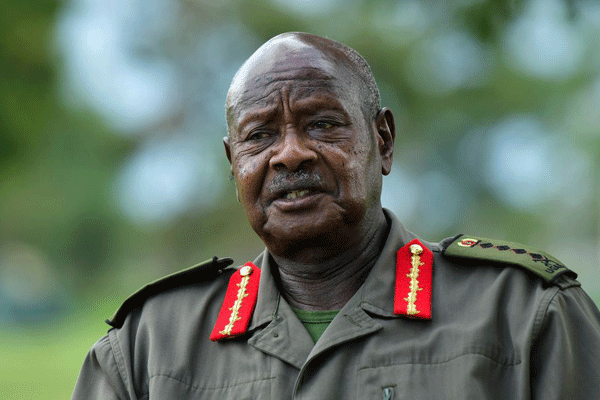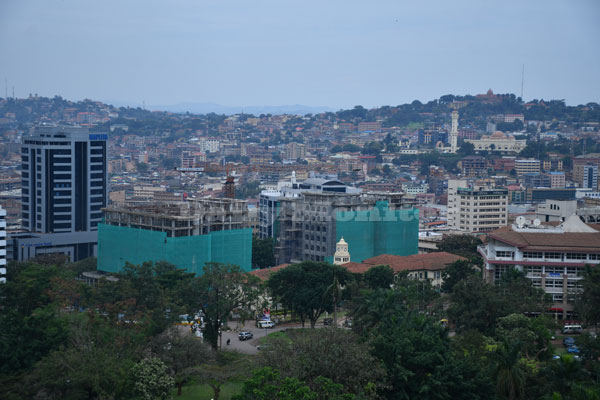Public investment recovers, grows at 30 percent – World Bank

A dip in business confidence in January 2021 around the election period had little impact, with both manufacturing and construction growing at over 9 and 11 percent, respectively, in the second half of FY21. PHOTO | FILE
What you need to know:
- Schools have been closed for the longest period due to Covid-19. As a result, the education sector contracted sharply in FY21 – with a similar outcome expected in the first half of FY22 as uncertainty looms over when this sector will fully reopen again.
Public investment in Uganda has recovered in FY21, growing at over 30 percent, compared to only 4 percent in FY20 according to World Bank.
In the 18th Uganda Economic Update (UEU) by the World Bank released in the first week of this month, the World Bank explains that this was largely driven by a noticable uptick in road and bridge building, the acquisition of additional aircraft for the continued revival of Uganda Airlines, and large classified investments.
However, with the elevated levels of uncertainty, the World Bank says private investment contracted by 5 percent, following an almost 1.5 percent contraction in FY20.
“This is also mirrored in the lower FDI numbers of about 2 percent of GDP in FY21 compared to an average of almost 3 percent over the previous three fiscal years. Although imports and exports both slowed in the early part of the Covid-19 crisis, the acceleration in imports and slower recovery of exports has significantly strained growth in FY21,” the World Bank says in the report.
The World Bank adds: “With improved levels of business confidence, fewer trade disruptions and more open regional borders, the industrial sector rebounded strongly towards the end of FY21. This was driven by increasingly better performance of the manufacturing and construction sectors.”
But a dip in business confidence in January 2021 – around the election period – had little impact, with both manufacturing and construction growing at over 9 and 11 percent, respectively, in the second half of FY21.
“Increased domestic demand is supporting some growth in services, but a stronger recovery in FY21 was held back by a sustained contraction in education, recreation and trade. Although all service sectors started to recover in FY21 – with particularly strong growth in Q4 – the overall performance of the economy is being held back by a few sectors that continue to face sustained operating and mobility restrictions,” the report reads in part.
Schools have been closed for the longest period due to Covid-19. As a result, the education sector contracted sharply in FY21 – with a similar outcome expected in the first half of FY22 as uncertainty looms over when this sector will fully reopen again.




